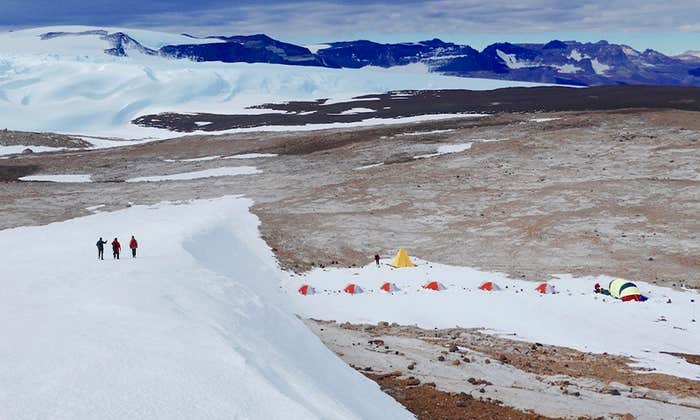Dr. Peter Gruss is the President of the Max Planck Society, one of the largest and most successful scientific research institutions in the world. If you wonder if the Earth is the only inhabited place in the universe, how complex living things develop from a single cell, or how the brain works, one or more of the 82 Max Planck Institutes is working on the answer.
A developmental biologist by training, Dr. Gruss spent years investigating the regulation processes in genes. For 12 years, he has led the Max Planck Society and become one of our strongest voices for science, research, and education.
In an interview at the Max Planck Florida Institute for Neuroscience, Dr. Gruss discusses the importance of images in science and the relationship between science and art.
Is what we see “real?”
Is reality only subjective?
How are images important in understanding science?
What challenges do scientists face in visualizing ideas?
How does an image provide feedback to a scientist?
Is it possible to enhance brain capacity?
Do scientists respond to aesthetics?
How are art and science linked?
What would you be if you weren’t a scientist?



























